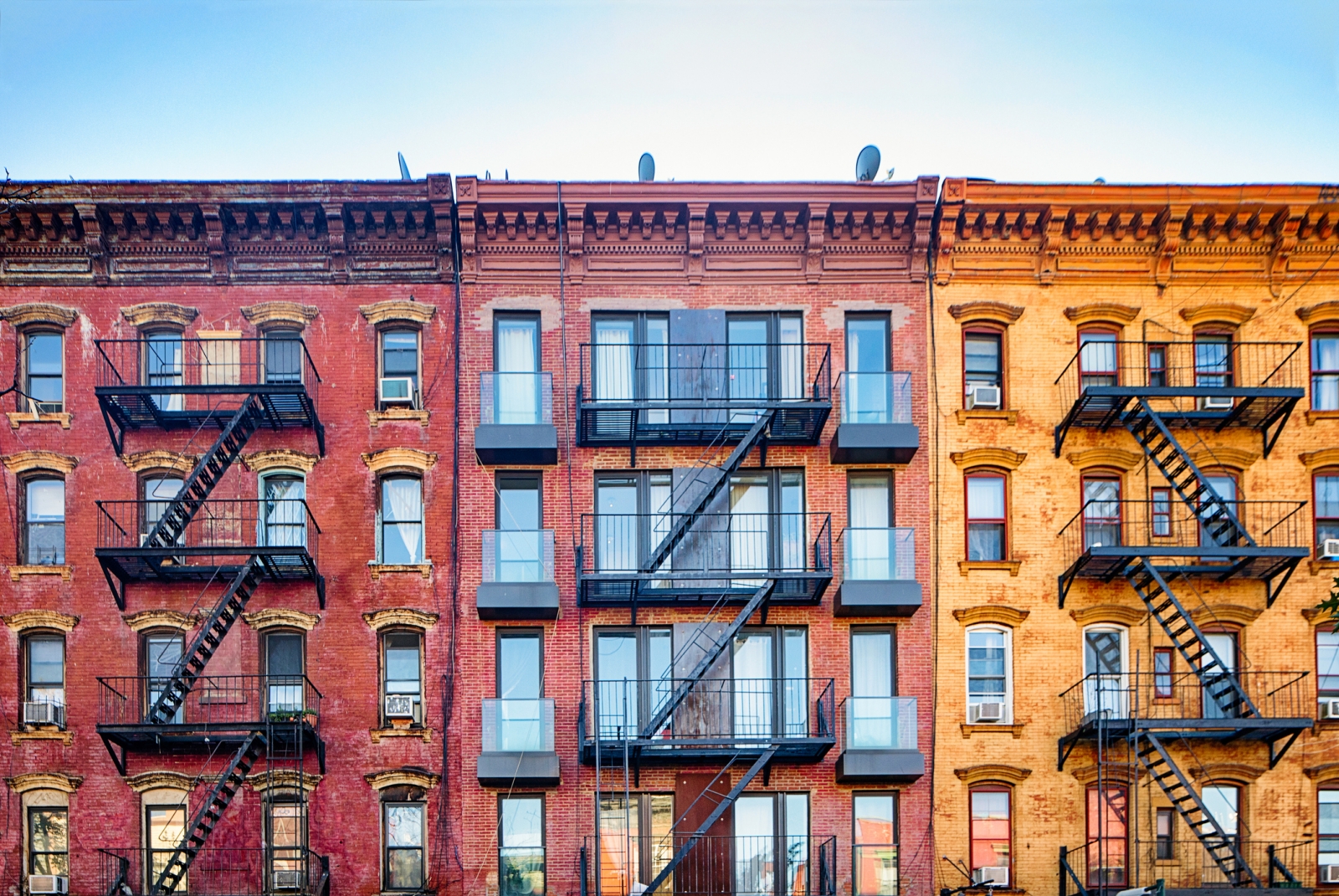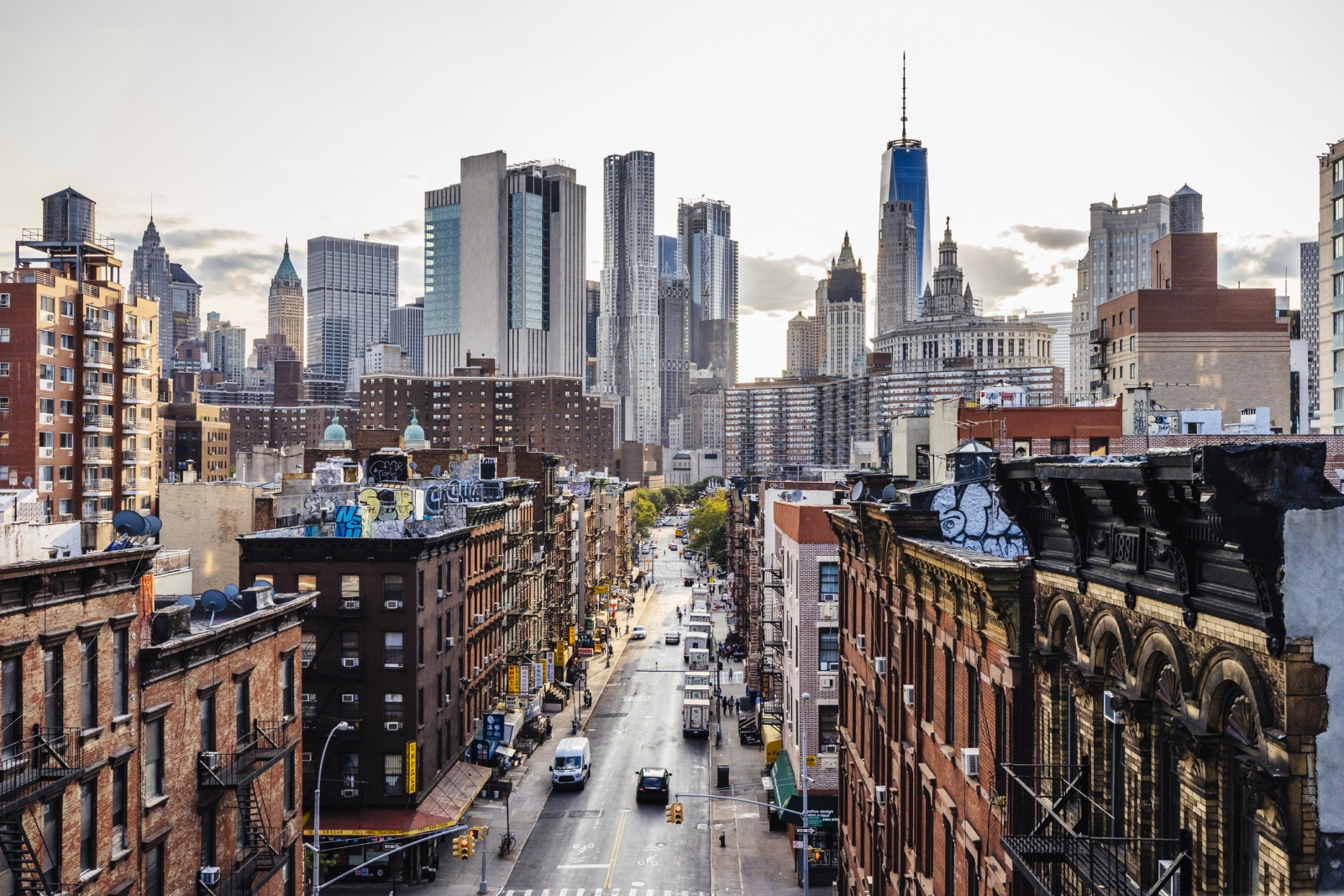
What’s in store next year? StreetEasy’s senior economist gives NYC housing predictions for 2019. (Nicolas McComber/Getty Images)
Between a resilient rental market and a bumpy sales market, 2018 was a turbulent year for New York City real estate. As we predicted a year ago, luxury prices have continued to sink, and transportation headaches have played a big role in driving market dynamics. Given that the housing market looks a lot different than it did a year ago, here are six broader trends we see dominating 2019.
The Buyer’s Market Is Here to Stay …
The number of homes listed for sale on StreetEasy hit all-time highs during 2018, yet recorded sales throughout the city fell. More New Yorkers — seeking to accommodate a growing family, to relocate, or simply to cash out their investment — will inevitably look to sell in 2019, adding to a market that’s already saturated. These sellers will need to take much greater measures to move their homes.
While the share of listings on StreetEasy with a price cut hit its highest levels since the wake of the financial crisis, the average amount of those price cuts (on both a percentage and absolute basis) has not budged. Instead of coming to grips with the fact that asking prices are too ambitious, most sellers are making small, incremental adjustments to attract buyers. This strategy didn’t work in 2018, and isn’t likely to in 2019.
… Unless You’re in Queens
The big outlier in the sales market in 2018 was Queens. Prices there have risen at a consistently faster pace than in Brooklyn or Manhattan, yet remain relatively affordable, with an average listing price of $657,000, compared to Manhattan’s $1.39 million and Brooklyn’s $950,000. Much of the enduring price growth in the borough is attributable to making up for lost time: According to the StreetEasy Price Indices, home price appreciation in Queens has significantly lagged growth in Manhattan and Brooklyn since the end of the 2008 financial crisis. The borough’s performance will likely grow with Amazon’s plans to move into Long Island City, but it was likely to continue anyway, given the number of New Yorkers seeking out the relative convenience and affordability of Queens.
Downtown Is the New Downtown
With interest rates and sales prices high, renting will remain more attractive than buying for many New Yorkers in 2019. We expect competition for rental units in many of the city’s priciest, most central neighborhoods to heat up next summer. Rents in newly chic neighborhoods in outer-boroughs now equal those in many Manhattan neighborhoods: This fall, median rents for 1-bedroom apartments in Dumbo, Downtown Brooklyn, and Long Island City exceeded those in Chelsea, Nolita, and the East Village, respectively. Outer-borough new construction may still offer more per dollar in terms of space and amenities, but with roughly similar median prices in many outer-borough and Manhattan neighborhoods, choosing among them has become more a matter of preference than affordability.
Heading into 2019, Manhattan has higher rent growth than Brooklyn or Queens for the first time since 2012. While areas like Prospect Heights and Astoria have been touted as the new hot thing, in 2019, the popular areas of downtown Manhattan that were ascendent in the 1990s and early 2000s will once again emerge as hot neighborhoods.
Bedlam on Bedford Avenue
Next year will be a trying one for those living along the L train, with the popular commuting line set to shut down for 18 months beginning April 27. We’ve seen the market for nearby rentals steadily weaken over the course of 2018, as longtime residents decamp for more convenient neighborhoods. Nonetheless, StreetEasy user interest in the neighborhood remains high. Myriad replacements for the L train, from electric Citi Bikes to startup van services, are taking shape, but likely all of these modes of transport — including the subway alternatives planned by the city — will strain under the sheer volume of Brooklynites needing them. Our bet is that many in Williamsburg have underestimated the inconvenience of the shutdown. With North Brooklyn rents hovering around the same level as 2015, we think there is room for them to fall.
Megaprojects Mature
Enormous building projects have been a hallmark in New York City for the past two decades, and 2019 will be a pivotal year for judging whether they’ve lived up to the hype. Big sections of Hudson Yards are slated to debut in 2019, including 15 Hudson Yards, the Vessel and the Shed. New towers will top out in Downtown Brooklyn, as new phases of Essex Crossing hum along.
While the Amazon HQ2 announcement has buoyed developments in Court Square and Hunters Point, 2019’s weak sales market is going to prove challenging for large developments elsewhere. Among them: the relatively remote Two Bridges area nestled alongside the East River, where the $1.8 billion condo development One Manhattan Square slated to open in early 2019 is the first of three large residential towers planned for the area. Similarly, an additional 11 new buildings are due through 2035 in Brooklyn’s Pacific Park, though condo sales at 550 Vanderbilt — one the of project’s most prominent market-rate buildings — were slower than expected and relied heavily on investors listing them for rent shortly after closing. Next year may be make-or-break for these developments, and could determine the fate of other planned megaprojects around the city, including Waterline Square and Bronx Point.
Tech Bros Won’t Buy Condos
Both Google and Amazon have made waves by announcing massive hiring plans in the city. Real estate pros rejoiced, as the influx of highly paid professionals will likely push up the cost of housing, much as its has in San Francisco and Seattle. Sellers hoping to flip their luxury condos to these workers, however, are likely to be disappointed.
The $150,000 average annual salary of a new Amazon HQ2 employee is well above the city median, but still far from sufficient to make a multimillion-dollar condo affordable. Moreover, tech workers who do have the means to buy in the city’s pricer new buildings may balk at prices in excess of $1,000 per square foot for a 466-square-foot studio in Queens — well above those of homes adjacent to Amazon’s Seattle headquarters. Investors are buying into many high-priced new developments across NYC, opting to rent out the units while betting on future price appreciation, but those bets have become crowded. While diversifying away from financial services is a welcome move for the New York City economy, it’s unlikely to provide a bailout for those speculating on high-priced luxury condos languishing on the market.
—
Hey, why not like StreetEasy on Facebook and follow @streeteasy on Instagram?









